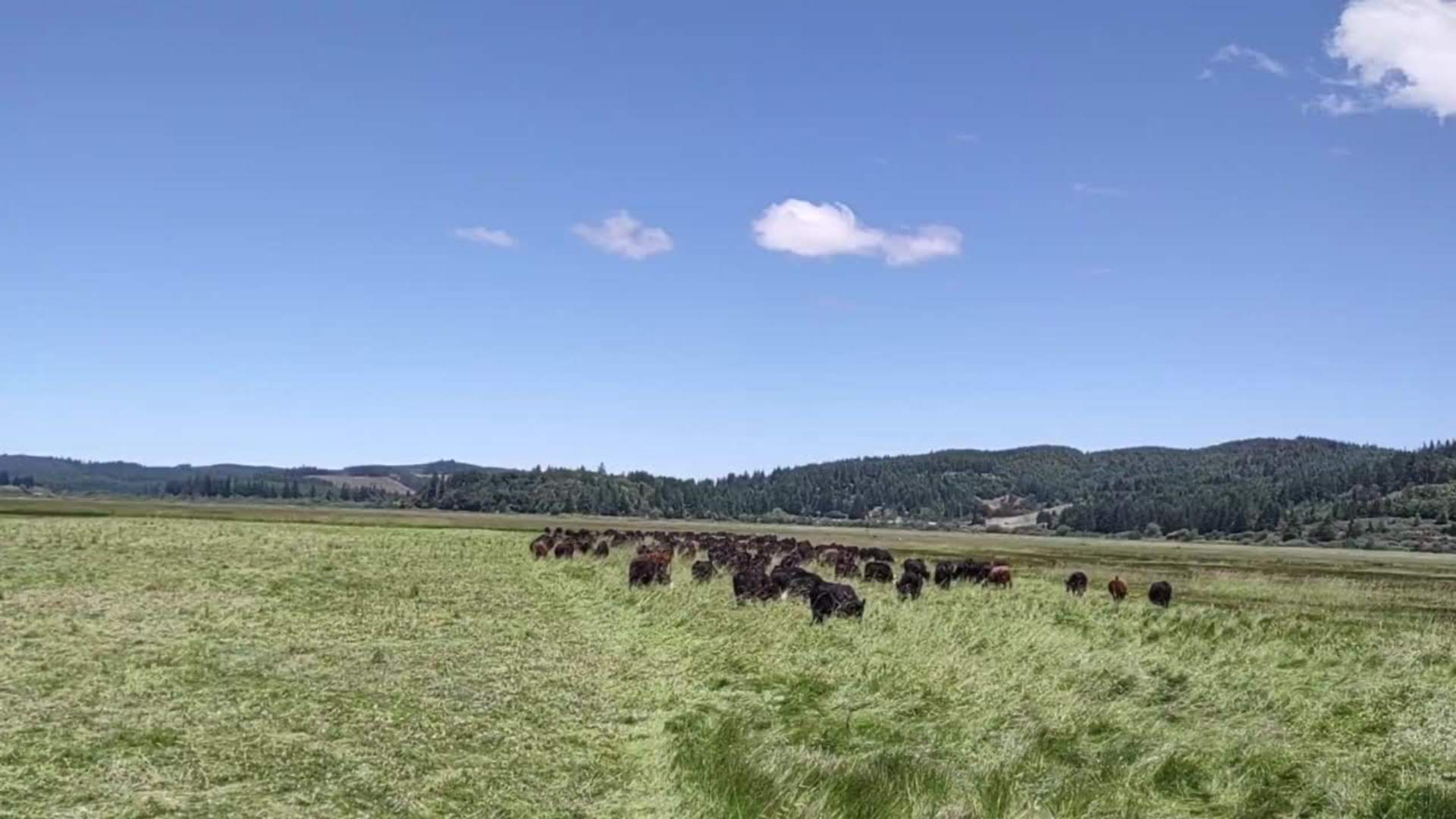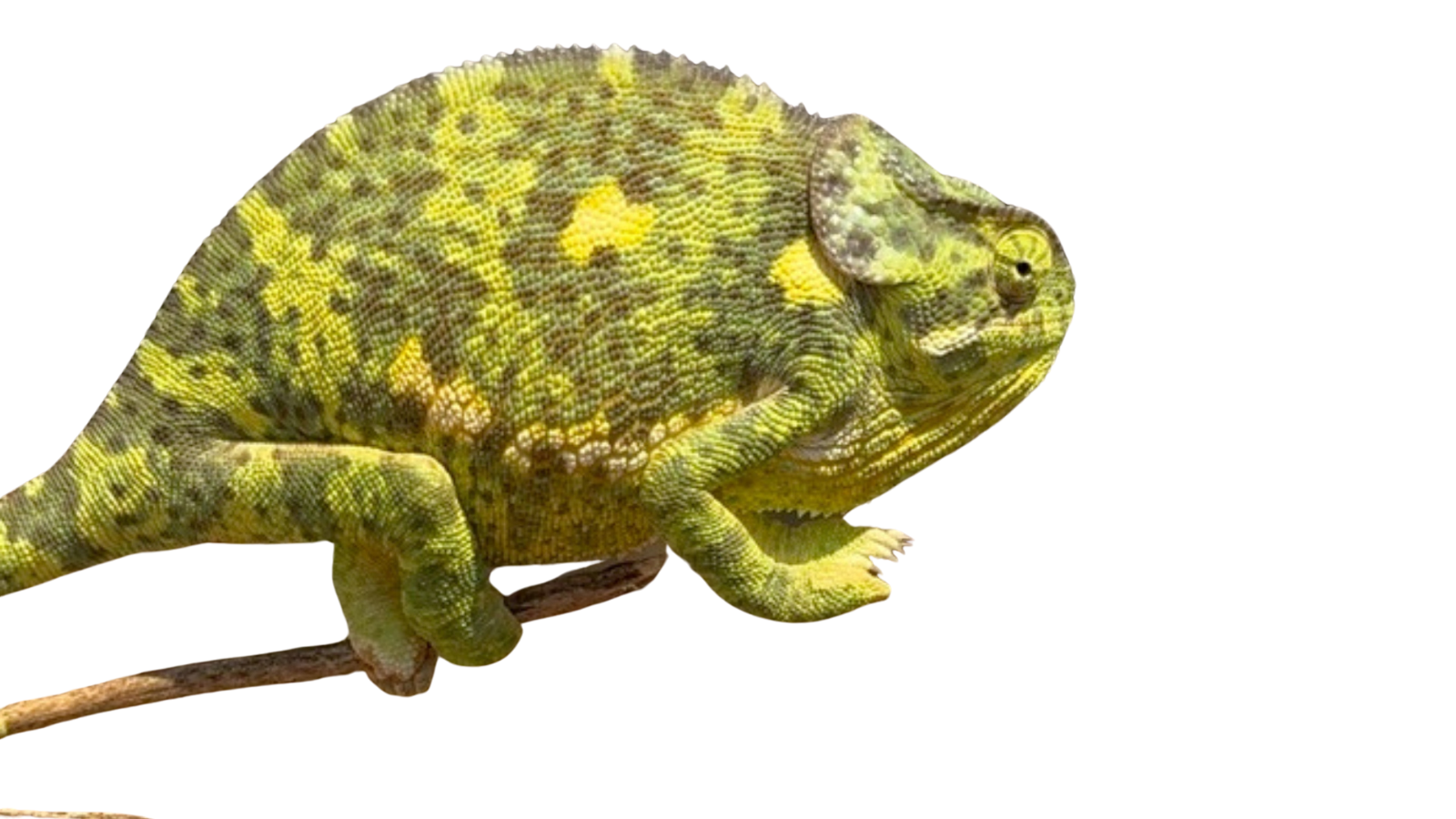
Last week I looked at a recent study conducted by the University of Nebraska-Lincoln. That study brought up some uncomfortable realities about Total Grazing / Mob Grazing, as far as its proponents are concerned.
I went on to discuss how I think that grazing studies of this kind are fundamentally flawed. Still, this study lines up with my experience with Total Grazing / Mob Grazing as it is currently practiced by the people I have seen practicing it. At the same time, I had a fantastic season, and Total Grazing / Mob Grazing was an important component of that. This week I am going to outline how my approach to Total Grazing / Mob Grazing differs from what I have seen in other places.
Difference Number One
First, I did not use mob grazing all season. The Serengeti does not “use” mob grazing all year. Bud Williams did not use mob grazing all year. Therefore, I do not use mob grazing all year. All told, I had cattle at density for a month or six weeks, depending on the group, in early summer, mostly from June 15 to August 1st. This is about the same amount of time, and coincidentally even the same time of year, that wildebeest and zebra are at high density in the Serengeti.
I see no point in Mob Grazing / Total Grazing cattle on short grass. I explain my perspective on this in my blog series about grazing in the Serengeti; you might have to read the whole series to get the whole gist. However, I will no longer hesitate to bring the cattle together at density if I see stemmy grass with seedheads. I had a lot of opportunities to graze that sort of grass this year. After a very dry winter, we had an unusually wet spring. Not only did the grass take off and grow like crazy, but big stretches of the pasture were flooded all through the spring. The canary grass kept growing through the water, and by the time the water had gone down enough that I could graze those paddocks, the grass had already gotten away from me. Around here, when the grass gets away from you, it really gets away from you. Many of these areas had grass that was over six feet tall.
But that’s fine; I didn’t worry about it. Okay, so maybe I worried a little. I will worry less in future years. In all, about a quarter of the ranch was completely ungrazed by mid-June, and it was this quarter of the ranch where I used mob grazing. I will talk much more about how I grazed the other three-quarters of the ranch next week.
Difference Number Two
The second way that my approach to Total Grazing / Mob Grazing differs is that I am not trying to make the cattle graze ‘unselectively.’ They can eat whatever they want; all I ask is that they just throw the rest on the ground. They need to stay in the paddock longer if there are still a bunch of clumps of grass standing six feet high. I left the cattle in the paddock too long if they walked up to me when I pulled up on the four-wheeler, ready for the next paddock. In other words, I don’t want the cattle to be hungry.
When I tell other graziers all this, they say two things. First, they say, “isn’t that a waste of grass?” Bud and Eunice Willimas made a big deal about how the neighbors were always talking about how much grass they were ‘wasting.’ Maybe it’s a waste of grass, but it is not a waste of feed. Whatever they are leaving behind is better left behind. Despite all this ‘waste’ I got a huge amount of forage this way. I have finishing cattle. I would have thought this class of animals was a poor match for Total Grazing / Mob Grazing. But when I didn’t make them eat all the junk but they just smashed it to the ground, they seemed fine the whole time they were mob grazing. However, someday I should talk about how to reduce stress in Total Grazed/ Mob Grazed cattle.
This was not a waste of feed, but I will tell you what, you waste a lot when you make cattle sit on that tall grass until they eat it all. You waste money because they aren’t gaining. Maybe the most important thing you waste is time. I want to get through all that tall material as quickly as I can so that this land can get back to growing short to mid-height grass.
To summarize, my objective in using Mob Grazing / Total Grazing is to make the grass the right height. There are two sides to this coin. When grass is too tall, I use Mob Grazing / Total Grazing to make it shorter. I smash it and bash it until fresh new growth is stimulated and able to come up directly from the roots. But I also use Mob Grazing / Total Grazing to make grass taller if it is too short. When I have five hundred head of cattle, and they are only grazing four acres a day, as they did when they were at high density, that gives the rest of the ranch a lot of time to recover. Specifically, it gave me an extra 37.5 days of recovery since I Mob Grazed / Total Grazed 150 acres (150 acres/4 acres/day =37.5 days).
Now, it just so happens that this is exactly what I needed. On this place, a paddock that I graze on May 15th needs 15-25 days of recovery. However, a paddock that I grazed on June 15th needs 45-65 days of recovery. This is particularly important with the Mob Grazed/Total Grazed paddocks, as they produce hardly anything on shorter rotations. Where is this time going to come from? Well, this year, it came from Mob Grazing/Total Grazing.
In the future, I will use Total Grazing/ Mob Grazing when grass volumes are at their peak, grass growth rates have suddenly fallen, and I have areas of tall grass(tall enough to hide a lion standing up) with hard stems and seedheads. Mob grazing is my hammer. I don’t use a hammer for every job, but I sure want one in my toolbox, and chances are I am going to use it a fair amount in any given season.
So my last series was about Set Stocking; this series is about Mob Grazing; what am I trying to say? Next week I am going to put it all together and lay out how I managed things this year.

